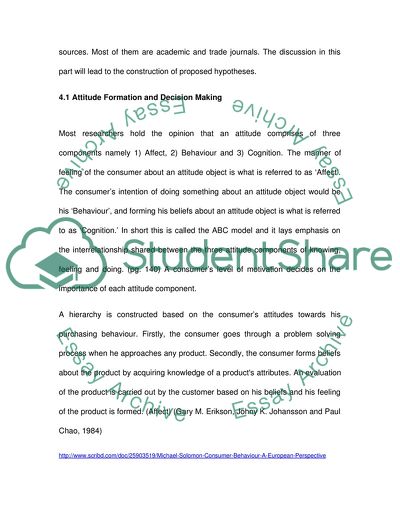Cite this document
(“Factors Affecting Consumption And Buying Decision Research Paper”, n.d.)
Factors Affecting Consumption And Buying Decision Research Paper. Retrieved from https://studentshare.org/marketing/1741079-factors-affecting-a-modern-male-consumer-behavior-on-purchasing-cosmetics-in-thailand
Factors Affecting Consumption And Buying Decision Research Paper. Retrieved from https://studentshare.org/marketing/1741079-factors-affecting-a-modern-male-consumer-behavior-on-purchasing-cosmetics-in-thailand
(Factors Affecting Consumption And Buying Decision Research Paper)
Factors Affecting Consumption And Buying Decision Research Paper. https://studentshare.org/marketing/1741079-factors-affecting-a-modern-male-consumer-behavior-on-purchasing-cosmetics-in-thailand.
Factors Affecting Consumption And Buying Decision Research Paper. https://studentshare.org/marketing/1741079-factors-affecting-a-modern-male-consumer-behavior-on-purchasing-cosmetics-in-thailand.
“Factors Affecting Consumption And Buying Decision Research Paper”, n.d. https://studentshare.org/marketing/1741079-factors-affecting-a-modern-male-consumer-behavior-on-purchasing-cosmetics-in-thailand.


